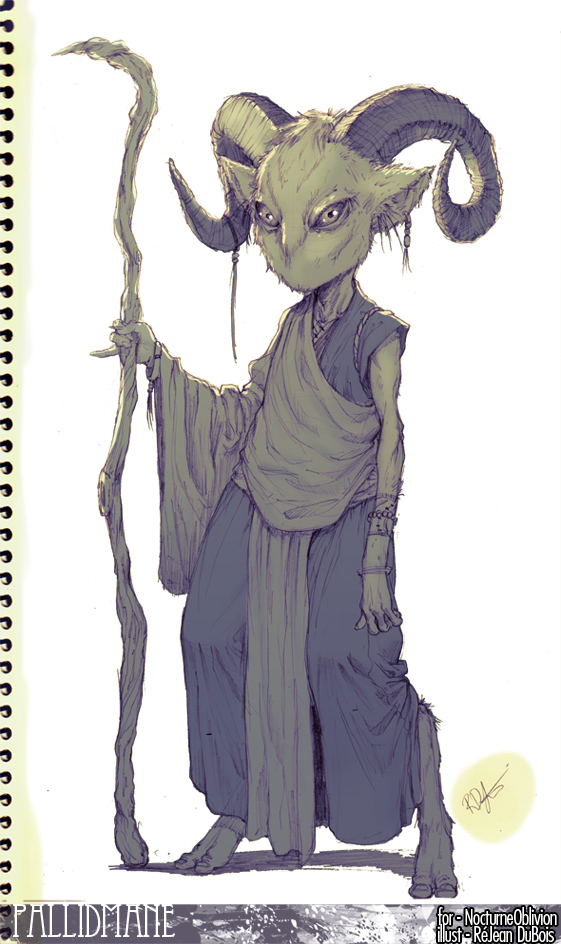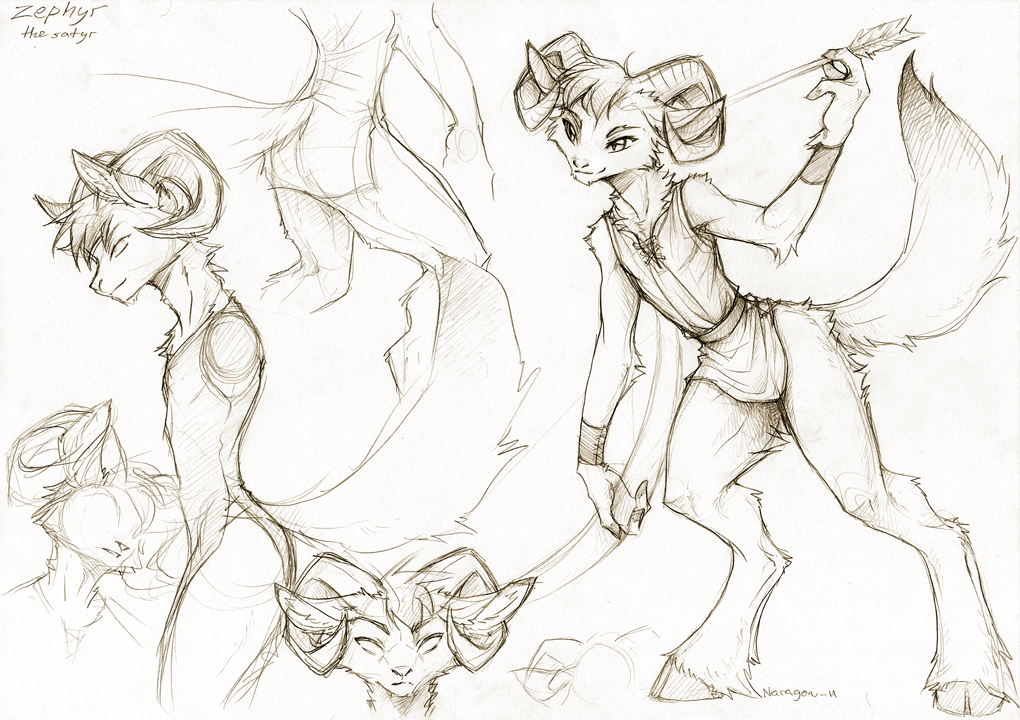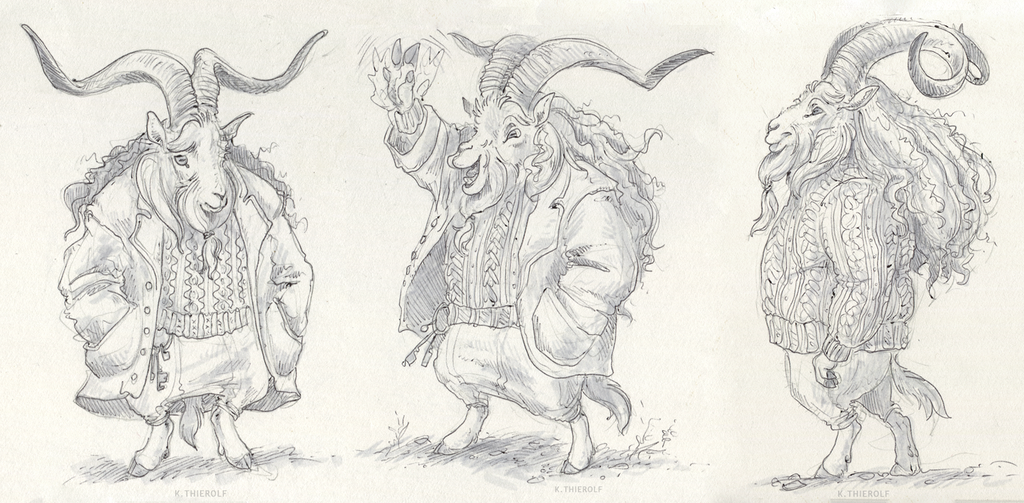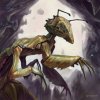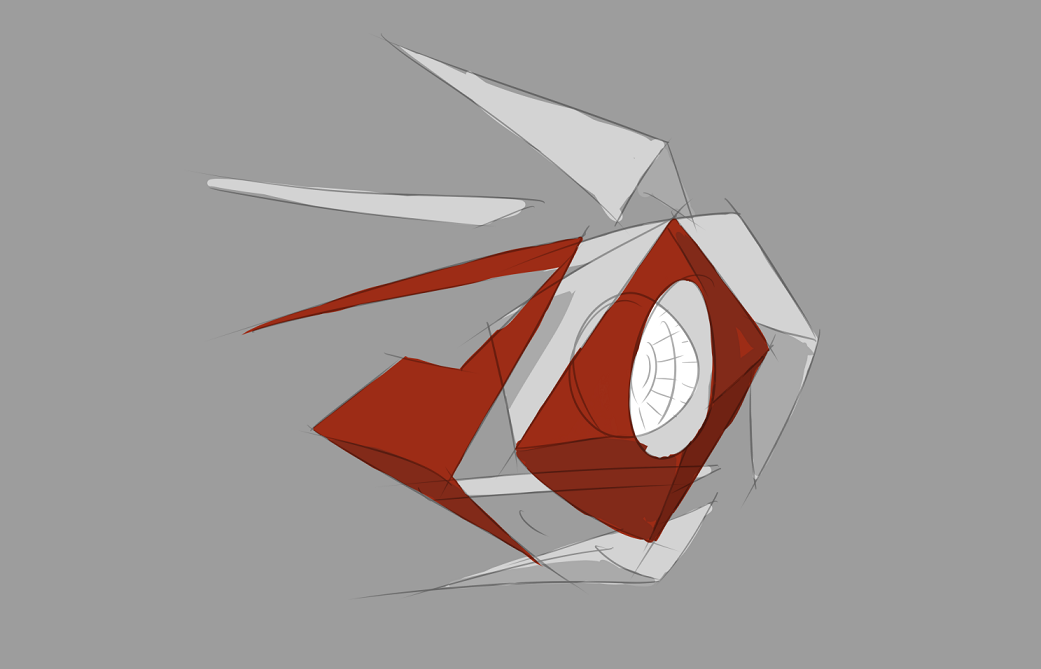Alien Races
Here you will find templates to make your own alien species profiles, please post your species below.
Species name:
Physical attributes: (describe the general appearance of members of this species)
Biology: (Anything naturally evolved by your species: life span, diet, sexual dimorphism, variations on the race, special traits like toxins or telepathic abilities, seasonal appearance changes etc.)
Culture and beliefs:
Technological specializations:
Species strengths: what makes your species useful in the hunt for this unknown enemy
Extra info:
Last edited by a moderator:









